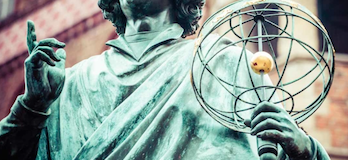Speaker
Description
For decades, physicists have conducted experimental tests of quantum entanglement, a phenomenon that Albert Einstein once dismissed as "spooky action at a distance." Despite Einstein's misgivings, the experiments have consistently found results compatible with quantum theory. Yet every experiment has been subject to one or more "loopholes," which would still allow for an explanation without the need for quantum mechanics. Arguably the most subtle and stubborn loophole is known as "freedom of choice," and concerns whether any unknown mechanism could have affected both the selection of measurements to be performed on the entangled particles and the outcomes of those measurements. To address this loophole, one should obtain random numbers that can be expected to be uncorrelated with any aspect of the entanglement experiment. In recent “Cosmic Bell” experiments, we used real-time astronomical observations of distant quasars as a classical source of binary numbers, to determine which measurements to perform on pairs of entangled particles. We found clear violations of Bell’s inequality, providing even more compelling evidence that quantum entanglement is a robust feature of our world. These experiments push back to at least 7.8 Gyr ago the most recent time by which any (non-quantum-mechanical) local-realist mechanism could have exploited the freedom-of-choice loophole to engineer the observed Bell violation, excluding any such mechanism from 96% of the spacetime volume of the past light cone of our experiment, extending from the big bang to today.




